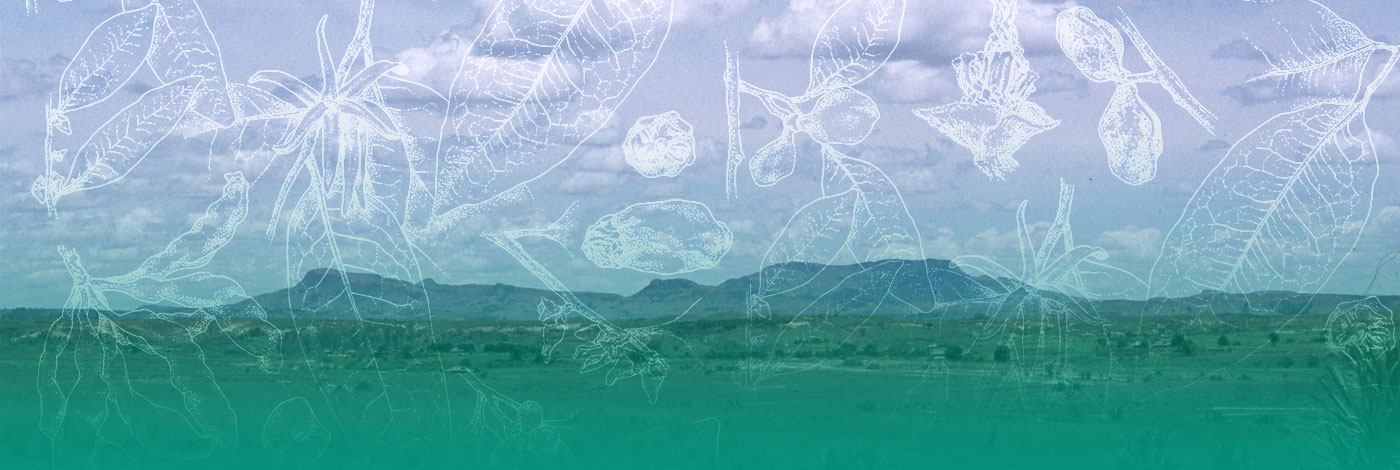
 Adansonia
27 (1) - Pages 21-46
Adansonia
27 (1) - Pages 21-46Field observations, floral dissections, and pollen load analyses of insects captured on 35 species of Moraea (total 195 spp.), combined with past pollination studies on 16 more help identify five main floral types within this pan-African and Eurasian genus of Iridaceae. Most species are cross-pollinated by a narrow range of insects while a few are facultatively autogamous. Floral type determines whether a species is pollinated primarily by Coleoptera, Diptera, or Hymenoptera. Most common are flowers of the Iris type, probably ancestral, that consist of three functionally separate bilabiate units (meranthia), each resembling one gullet flower. They are pollinated by a range of medium-sized to large bees of several families. Specialized adaptations related directly to the pollination system include reduction in the length of the tepal claws, enlargement of the outer tepal limbs, and acquistion of “beetle” marks combined with loss of nectar and scent, which shift the mode of pollination from the ancestral meranthium bee-pollinated type to painted bowl-beetle pollination using hopliine scarab beetles. Likewise, reduction in size of the style branches in conjunction with the loss of distinction between the inner and outer tepal whorls results in a cup- or bowl-like perianth, which combined with changes in floral odor favor more generalist systems including small bees, hopliines and flies, or flies exclusively. The shortening of the tepal claws together with the prominent display of pollen on an exaggerated column, leads to an active pollination system exploiting female bees of several families that harvest pollen to feed their offspring.
Iridaceae, Moraea, pollination biology, Hymenoptera, Apidae, Diptera, Coleoptera, Hopliini, floral specialization, Cape flora